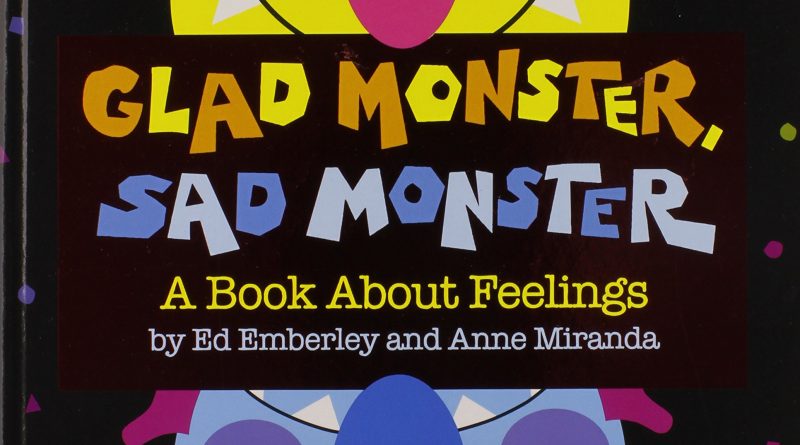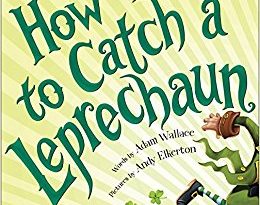IDENTIFICATION OF EMOTIONS IN THE ENGLISH CLASSROOM
Identifying our own emotions is indispensable to carry out effective actions and thoughts in different situations. On the other hand, misidentification of emotions causes inappropriate reactions and leads to negative social relations. In other words, the identification and management of our own emotions is indispensable for our well-being. Moreover, understanding other people´s emotions shall facilitate communication and, in turn, collaboration.
As stated by Grams Davy (2017), there is no doubt about the prominent role of emotions in the educational context and about their importance in students’ identity building, creativity development and learning. It seems evident that constructive learning scenarios require a positive classroom climate where children do not feel deterred towards expressing themselves, in this case in a FL.
The implementation of the active methodologies suggested in the official curricula bring about interesting questions, such as the role of the teacher as “emotional coach” and as indispensable actor in the unpredictable context a group of children in a classroom.
The use of stories in teaching children identifying and handling their emotions is a valuable resource that can be taken to the English lessons from early ages. Glad Monster, Sad Monster by Ed Emberly and Anne Miranda is one of those examples that immediately catches our attention due to its simplicity and effectiveness in a twofold goal: teach English and favour our students social and personal abilities.
Bibliography.
Innovative pedagogy: A Recognition of Emotions and Creativity in Education. Chemi, T; Grams Davy, S and Lund, B. Sense Publishers. 2017.
Video by Nana’s Story Time




